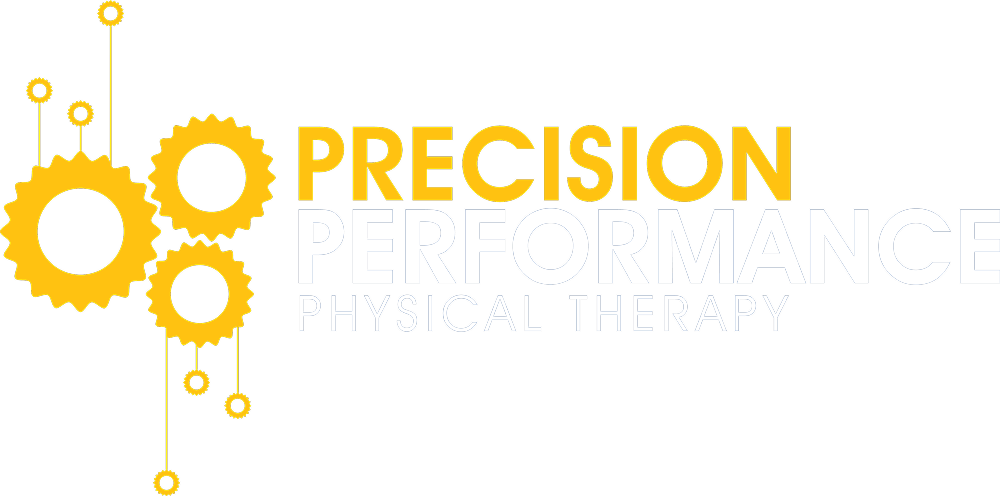The Benefits and Basics of Agility Drills

Agility drills are used as a standard part of programming for many different types of athletes. Put simply, this form of training improves an athlete’s ability to react to a stimulus and react to it. It is the ability for a basketball player to see a defender in their path and move out of the way, a runner to see a fellow race participant fall and avoid tripping over them, and a goalie to catch a ball or puck coming at them.
Benefits
There are many benefits to incorporating agility drills into your programing, whether it’s for sports, physical rehabilitation, or general health. The biggest benefit is injury prevention. When you work on sudden movements and how to complete them correctly, you are less likely to hurt yourself when you react in real life situations. You will have better control over your reflexive actions and your body will be trained to react correctly. Agility drills can also help improve your balance, decrease your recovery time, and even help with improving cognitive functions as the brain builds new pathways to improve response time.
Examples of Agility Drills
Agility training takes on a lot of forms. Any exercise where you are reacting to something external can be used as an agility drill. Your agility drill exercises should include a wide range of motions and something you can react to whether that is a coach calling out orders, another player, or an automated indicator. Here are some popular examples of agility drills.
Mirror Drills
You and a partner define a space, whether a mat or an imaginary box, to stay within. Then your partner moves and you try to follow and react to their movements. Depending on your sport, you can add different types of movement into these drills but at minimum they should involve quickly changing directions.
Shuttle Runs
You might remember this drill from school. A shuttle run is when you place markers, such as cones, at least 25 yards apart and sprint from one market to another and back again 5 times as fast as you can. The aim for this is to not slow your time down with direction changes, but to learn to make them as quickly as possible and keep your momentum going.
Hexagon Drills
Hexagon drills use a six sided shape on the ground, you can simply draw one, set out markers like cones, or use a special hexagon plastic ring. You then start in the center and jump from inside to outside the hexagon, making your way around the hexagon, without stopping. This works not just on your agility, but is a great one for balance and body mind coordination.
There are plenty of other agility exercises out there, some that are even as simple as having another person call out direction changes or specific movements depending on your sport. If you would like to learn more about agility drills in your training program, check out Episode 47 of Training Room Talk. If you are interested in working on your agility, we would love to hear from you. We have custom programming available to help you reach your fitness goals.
